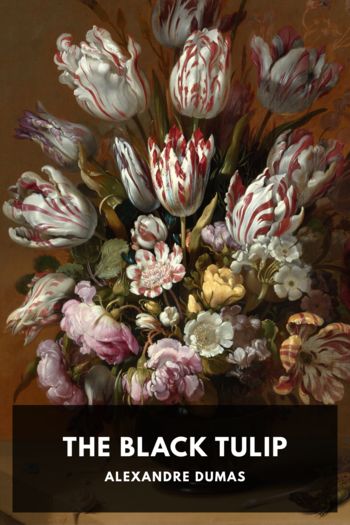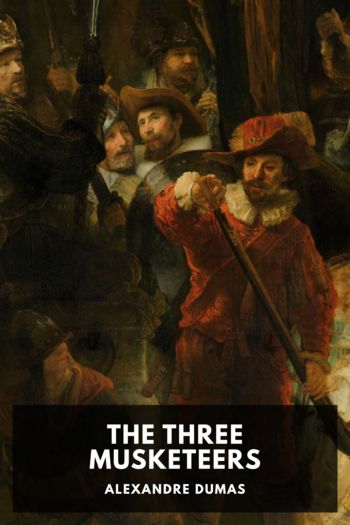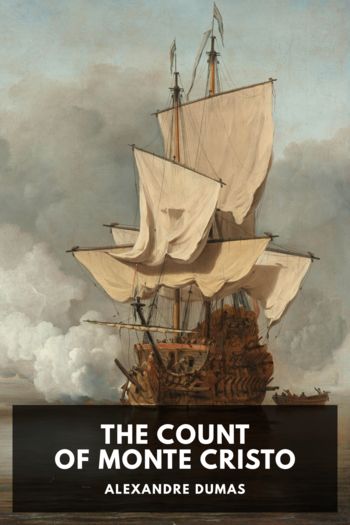
Description
After the conviction of two prominent politicians for sedition, Dumas’s story focuses on the trial of an accused collaborator: one Cornelius van Baerle, whose only wish is to grow his tulips in peace. His crowning achievement is set to be the impossible black tulip, a feat worth one hundred thousand guilders from the Horticultural Society of Haarlem, but before he can sprout the bulb he’s imprisoned with only the daughter of the prison warden to give him a glimmer of hope.
Set a few decades after the tulip mania of the 1630s, Alexandre Dumas’s novel opens with a historical incident: the mob killing of Johan and Cornelius de Witt, then high up in the government. Dumas successfully balances the romance of the protagonist’s love for both the heroine and his precious tulip with a quest to prove his innocence and thwart the schemes of his rival tulip-fancier Boxtel. The Black Tulip was originally published in three volumes in French in 1850; presented here is the 1902 translation by publisher P. F. Collier & Son.

Description
The Three Musketeers is the first of three adventure novels written by Alexandre Dumas featuring the character of d’Artagnan.
The young d’Artagnan leaves home in Gascony for Paris to join the King’s Musketeers. On his way to Paris, the letter which will introduce him to the commander of the Musketeers is stolen by a mysterious man in the town of Meung. This “Man of Meung” turns out to be a confidant of the infamous Cardinal Richelieu, the chief minister of the government of France.
When he arrives in Paris and seeks an audience with the commander of the Musketeers, d’Artagnan sees this man again and rushes to confront him. As he pushes his way out he provokes three inseparable musketeers—Athos, Porthos and Aramis—and ends up setting up duels with all three of them that afternoon. At the first of the duels he discovers, to his surprise, that each of the three is a second to the other. As they start to fight, they are ambushed by the Cardinal’s men and join forces. So begins one of the most enduring partnerships in literature.
When d’Artagnan’s landlord tells him that his wife has been kidnapped, d’Artagnan investigates, falls in love and becomes embroiled in a plot to destabilize France.
The Three Musketeers was first published in 1844 and has been adapted for stage, film, television, and animation many times; such is the endurance of its appeal. At its heart is a fast-paced tale of love and adventure.

Description
Edmond Dantès is a young man about to be made captain of a cargo vessel and marry his sweetheart. But he is arrested at his pre-wedding feast, having been falsely accused of being a Bonapartist. Thrown into the notorious Château d’If prison, he eventually meets an ancient inmate who teaches him language, science, and passes hints of a hidden fortune. When Edmond makes his way out of prison, he plots to reward those who stood by him (his old employer, for one), and to seek revenge on the men who betrayed him: one who wrote the letter that denounced him, one that married his fiancée in his absence, and one who knew Dantès was innocent but stood idly by and did nothing.
The Count of Monte Cristo is another of Alexandre Dumas’ thrilling adventure stories, possibly more popular even than The Three Musketeers. Originally serialized in a French newspaper over the course of a year-and-a-half, it was enormously popular after its publication in book form, and has never been out of print since. Its timeless story of adventure, historical drama, romance, revenge, and Eastern mystery has been the source of over forty movies and TV series.